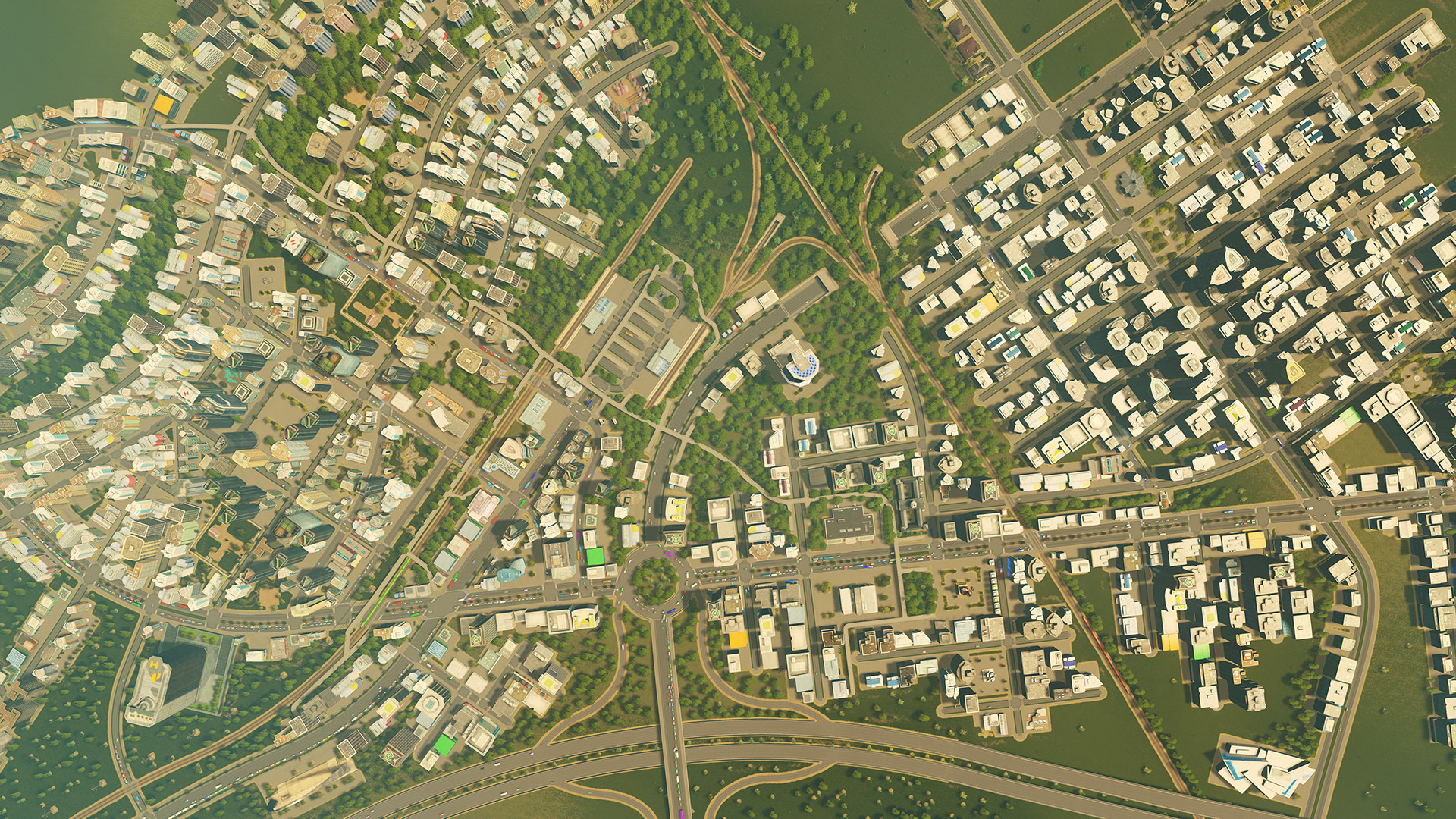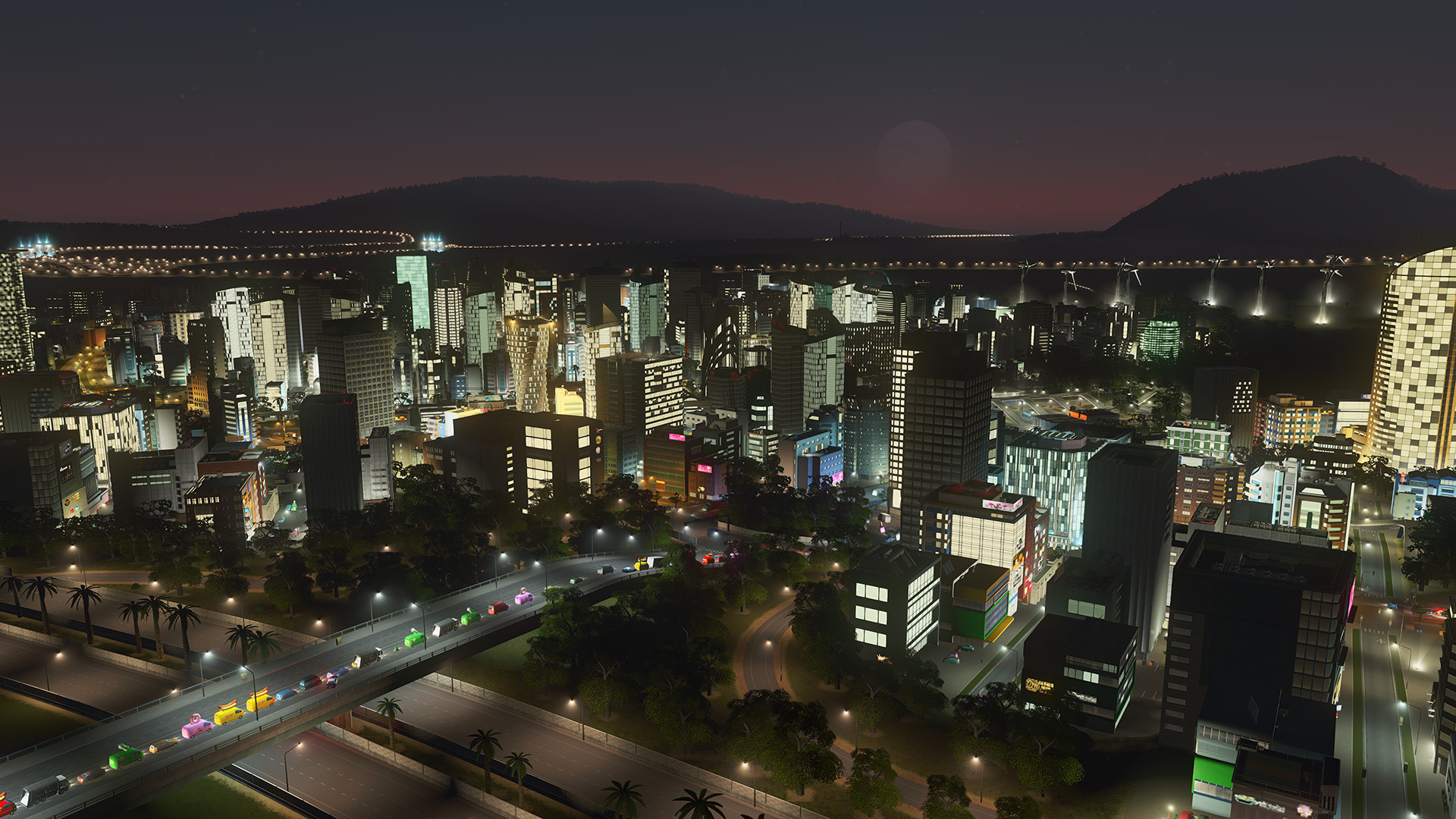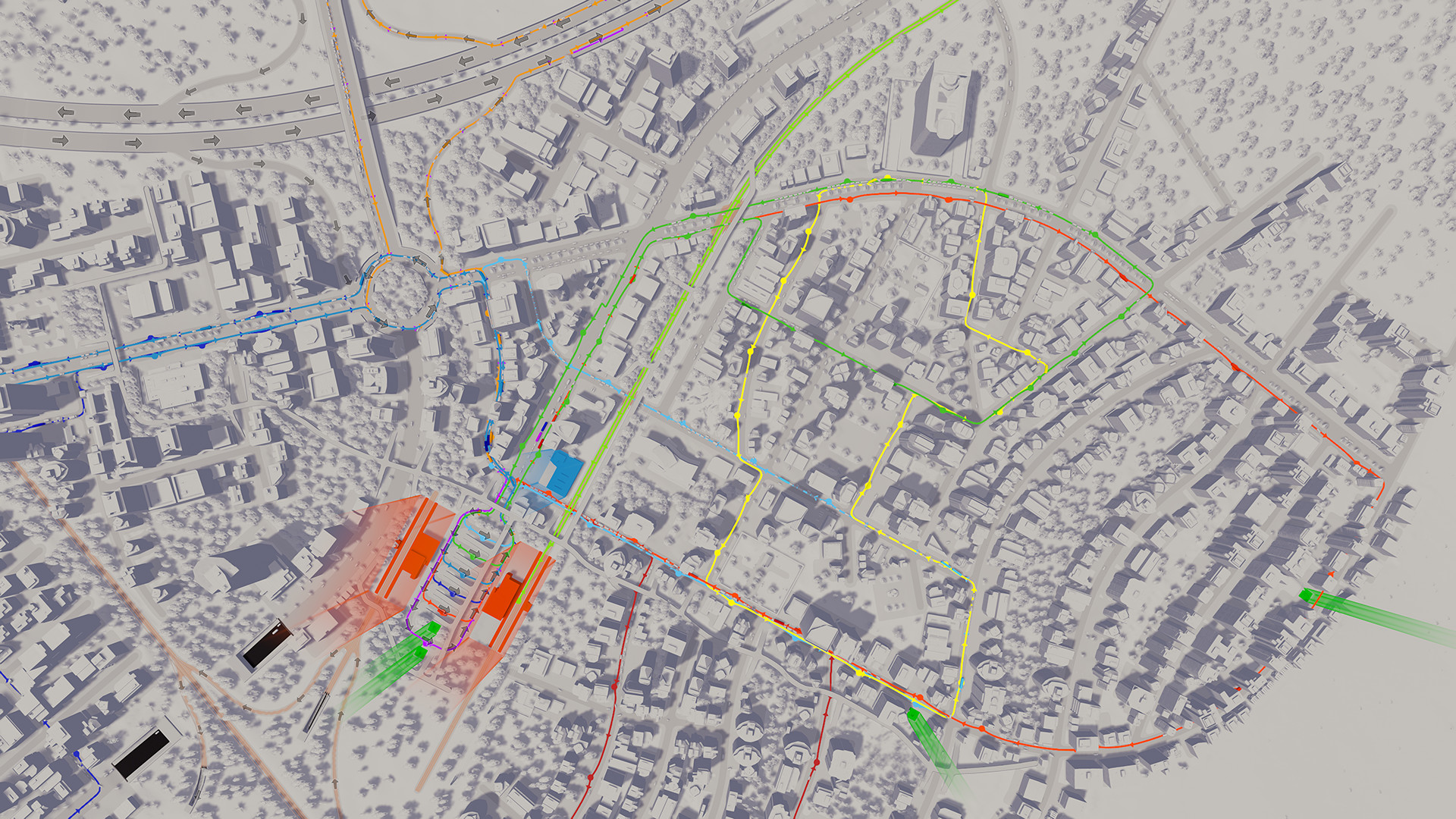Introduction
When Cities: Skylines launched on March 10, 2015, it felt like a breath of fresh air for city-building fans tired of tight map limits and basic simulations. In this article, NewGamer walks you through how this modern classic compares to well-known titles like SimCity (2013), Tropico 5, and Anno 1800. You’ll see what Skylines does best, where it falls short, and why it still matters today.
Gameplay Mechanics
-
Sandbox Freedom vs. Guided Scenarios
First off, unlike SimCity’s set scenarios, Cities: Skylines throws you into a wide-open map and lets you build your own story. In other words, you decide if your city becomes an industrial giant or a green-energy leader. This open approach encourages you to experiment and see what unfolds on its own.
Traffic Simulation
Next, thanks to Colossal Order’s experience from the Cities in Motion series, Skylines offers one of the most detailed road and public transit systems you’ll find. Cars form lines, traffic jams pop up, and creating smart road layouts really pays off. In short, managing traffic feels rewarding.
Districts & Policies
On top of that, Skylines lets you divide your city into districts and set different rules for each area—kind of like Tropico’s edicts, but with even deeper effects on your economy. For example, you can give a tax break in one district, ban parking in another, or tweak waste collection rules where it’s needed most.
Day/Night Cycle
Meanwhile, the day/night cycle in Skylines isn’t just for show. Residents follow strict routines—schools close at dusk, factories slow down overnight—so you’ll notice changes in traffic and service needs depending on the time of day. This feature is something you won’t see in many other city builders.
Modding & Workshop Integration
Finally, the Steam Workshop support takes user-created maps, buildings, and gameplay tweaks to another level. In contrast to SimCity’s limited options, Skylines gives you built-in tools and a huge community of creators. That means almost endless replay value once you dive into mods and custom content.
Visuals & Audio
Graphics
Cities: Skylines doesn’t aim for photo-realism; instead, it uses a clean, easy-to-read style that still looks good as your city gets bigger. Plus, DLC packs like “European Suburbia” add classic architecture without breaking the look you’ve already built.
Soundtrack & Effects
On the audio side, Skylines features a warm, ambient soundtrack that matches the city’s rhythm. You’ll hear distant ambulance sirens, the quiet whistle of a steam train in the “Industries” DLC, and other background noises that help you spot issues without peeking at the UI.

Comparison with Peers
- SimCity (2013): While SimCity introduced beautiful voxel‐based graphics and co-op regions, its small map sizes and server issues hampered creativity. Skylines offers larger maps, offline play, and far fewer stability hitches.
- Tropico 5: Tropico’s political intrigue and voice-acted banter shine in its El Presidente sandbox. However, Skylines’ deeper service simulations and district policies deliver a more systemic challenge.
- Anno 1800: Focused on supply chains and trade routes, Anno nails industrialization’s macroeconomics. In contrast, Skylines excels at micro-management: laying pipes, designing intersections, and mitigating noise pollution.
User Reception & Ratings
Community sentiment on Steam is overwhelmingly positive:

- Recent Reviews: Very Positive (91% of 1,216)
- All Reviews: Very Positive (92% of 206,182)
Players consistently praise:
- Depth and realism of traffic and zoning systems
- Extensive mod support fueling endless creativity
- Balanced difficulty curve—from tutorial ease to late-game complexity

Common critiques include occasional performance slowdowns in sprawling metropolises and the ever-expanding DLC ecosystem, which some feel fragments the community or raises the barrier to entry.
Industry Impact
Cities: Skylines revitalized the city-builder subgenre after SimCity’s missteps. Its success convinced major publishers that there remains a passionate audience for deep, moddable simulations. In the years since release, it has spawned multiple expansions and inspired competitors to adopt more flexible sandbox features.
Conclusion of Cities: Skylines
For anyone who dreams of unlimited city-building possibilities, Cities: Skylines is still the gold standard. Sure, you’ll want to keep an eye on performance as your city grows, and be selective with DLCs, but its top-notch traffic system, flexible district policies, and vibrant modding community make it hard to beat. If you haven’t already, be sure to add Cities: Skylines to your Steam collection!


